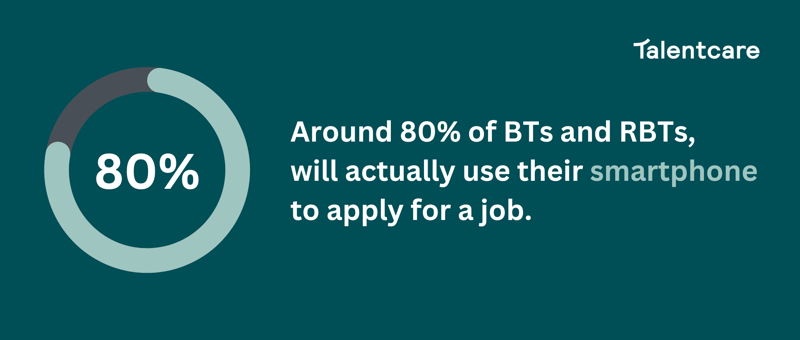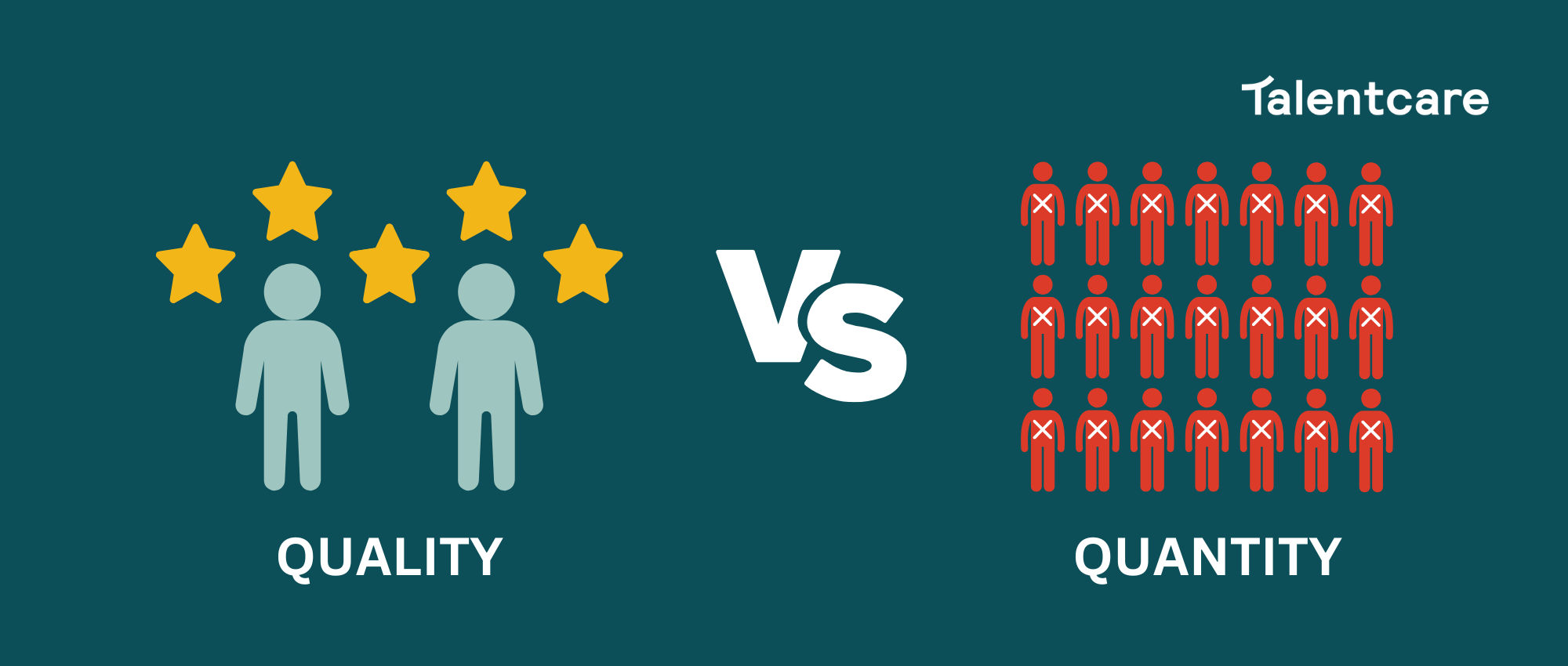The Cloning Process – Top Tier BTs and RBTs
Think a little bit about your best BTs and RBTs. They generally blend some compassion, some patience, with some real capability. You’ll be able to see it because both the children and parents will engage with them in a way that you can tell is special. Those are the ones that you want to be looking at. When you’re interviewing candidates, you should be looking for attributes, and not just looking at skills. You’re hiring for aptitude and possibilities, rather than someone who’s got all the experience in the world. You may have one star employee, but they can't do it all, so you're going to need more of them.
We also use psychometric testing and industrial psychology to understand the basic personality, the likes and dislikes, the work preferences, and the cultural preferences of those BTs and RBTs that perform best. And then screen every candidate against those. The basic personality tests that both your high performers and your candidates take are then used to match them up.
All of those things will increase your chances of no surprises as they come in. No surprises for you, because you know what you’re getting, and no surprises for the new hire, because their expectations have been set and they’ve gone through a process that makes it clear what you’re looking for. It's a win-win!
The Recipe for a Strong Foundation
Career Site. Do you have a career site that lists your jobs in real-time? Can an applicant understand why it’s better to work for you versus the competitors or the other distractions they might have in the labor market? Can they get a story? Can they see that you are their people? Can a candidate easily apply for a job using a smartphone?
Clicking on an email link to apply for a job is not easy, that’s not how candidates expect to apply for jobs. Around 80% of BTs and RBTs, will actually use their smartphone to apply for a job. So if you’re only looking at how to apply to your own place on your computer then you’re missing part of it, because a bad process can look really ugly on a smartphone and candidates just say, “Forget it, I’m not applying.”

Reputation Management. Are you responding to reviews on Glassdoor and Indeed? Do you even know you have a profile page on Glassdoor and Indeed? Do you ever go there? What does it look like? How does it represent your company? Almost all of the people you will bring into your open roles are Gen Z or Millennials – meaning they’re 40 years old or younger. In that age group, they expect to have engaged employers. Reviews are everything to this generation and can make or break a candidate's decision to accept a job offer. Make sure you're monitoring your reviews online and responding to them... ALL OF THEM.
Supportive Data. Do you have any data at all that tells you that $100 spent on Indeed versus $50 on ZipRecruiter will get you more hires or not? Do you have any data that tells you anything about turnover? Do you have any data that says how quickly you’re engaging candidates once they finish their application? Is it two minutes, two hours, two days, or two weeks? If it’s not within hours and it’s weeks, then you’re missing all the good candidates. They’re gone.
Quality Over Quantity
Once you build your foundation, more candidates isn’t always better. This is a hard lesson to learn for some people. Think about it, you don't want to be looking through all the resumes and interviewing 40 or 400 applicants, you want to easily get it down to four or five qualified candidates for screening and interviewing.

Use tools and technologies that can easily narrow it down for you. Let the technology handle the hard work. That’s what the big boys do.
The Status of Your Competition
Your competitors are telling their story, they’re visible where they should be. They have a career site and they’re distributing all of their jobs in real-time to Indeed, Glassdoor, and Google. They sponsor jobs when they need to, and they have that capability.
They have data. They know where they should and shouldn’t spend money, they know whether their recruiters or their hiring managers are getting it done and moving candidates through the hiring process fast.
The question is, what will you do about it?
What You Can Do ASAP
Know the person and the traits you’re recruiting for. You may be small enough to where you can do that by getting the hiring managers together, having a working session, then creating some questions. You may want to do a survey of a broader group or engage in some psychometric tests. Download our Candidate Persona Worksheet to list the traits and qualities you're looking for in a candidate and go by that.
Stop over-selling the position. Especially if you’re suffering from turnover. If you’re suffering from turnover, it likely means that there’s a disconnect between what the expectation is of the candidate coming in and what they actually experience.
Invest in your recruiting foundation. Start with a career site, job board distribution, and an applicant tracking system. Recruiting in the autism and ABA space is not going to change much. It’s a growing field, and there’s a great deal of competition for the best talent.
If you’re recruiting for autism and ABA staff in 2023, we are here to help you navigate the unique industry. Get started with a free ATS demo today.

